I like tech items very much. I especially like gadgets that make my research easier. Tools that help me scan documents, digitize photos, store, enter and share data are at the top of my list of favorite things. Below is a list of some tech items that I like to use along with some tips. I hope this list will give you some helpful ideas. I am not connected with these companies in any way. I just like and use their products.
1. Flip Pal Scanner. Many genealogists I know think this product is a very handy tool and I agree. Even if you are not interested in genealogy you may like this product to digitize your photos or for scrap-booking purposes. It is a portable scanner about 10 x 6 inches, a little smaller than my Mini Notebook. It runs on 4 AA batteries and uses an SD card to store photos images. The size of its scanning bed is 4 x 6 inches and it will scan photo that size quickly. If a photo is in an album or book and cannot be removed, you can take the cover off of the Flip Pal, flip it over onto the album and scan the photo right in the album. The Flip Pal will also scan large photos by scanning the photo in sections. Flip Pal’s ‘stitching’ software will then put the sections back together, making the photo complete again. The quality of the scanned photo is good. An SD card as well as a USB to SD adapter is included with the Flip Pal. The adapter is handy in case your computer does not have an SD slot. Photos are very easy to transfer to your computer with the SD card. I definitely plan to take my Flip Pal to our Miller Reunion this summer with extra batteries. The Flip Pal website has a nice video to demonstrate the product.
2. Magic Wand Scanner. This little scanner is very portable and easily fits into your purse when you go on a research trip. It is about 1 x 10 inches and uses 2 AA batteries. You simply place the scanner on the document and slowly run the scanner over the document. It stores images on a micro SD card and the images come out quite good. There are two ways you can get the images onto your computer. I prefer to use a micro SD card adapter. I put the micro card into the adapter, which is the size of a regular SD card. I then put the adapter into my SD slot on my computer and upload the images to my computer. You can also transfer your images by using the USB cord that comes with the Magic Wand. I purchased my Magic Wand Scanner a few weeks ago on Ebay at half the regular price. It is refurbished but works just fine. There are several on-line videos that demonstrate the scanner.
3. Evernote. This is a handy program that I use to store and share information, photos and other items between all of my computers and my android phone. It works this way: I downloaded their free program onto my home computers and put their app on my droid. After that I could create and save notes, web addresses, lists, journals, photos, etc. on any of my computers or my phone. When I turn on my computer and am connected to the Internet, all of my devices sync, keeping all my information current. All my information is shared and updated among all my devices. All this information is also stored on the Evernote website. I can access my stored information anywhere, as long as I am on-line. I just need to log in to view it. I can make a shopping list on my home PC and it will be available on my droid phone when I am at the store. I can journal on my Mini during breakfast and finish the article later on my PC in my office. Data is constantly being synchronized, saved, and stored. Information can be organized by category, in folders. Organized and handy! Evernote also provides a free e-mail account. I have sent items from my Droid via Evernote when I was unable to use my home Internet connection. All this is free. They do have a paid version, their premium account, which provides more storage and the ability to use Microsoft Office documents and other features. I may upgrade in the future, but the free version meets my needs for now.
4. AncestorSync™. Earlier this week, at the NGS conference in Charleston, Dick Eastman reported about this new program. According to their website, “AncestorSync™ enables you to synchronize your family tree, source documents, citations, and notes across all of your computers and a web pedigree of your choice.” This is something I have been waiting for–the ability to store and view genealogical files in “the cloud.” And best of all, Roots Magic will be compatible with it, as well as several other genealogical programs. It will be available in June. I can’t wait to try it!
5. Digital camera. Did you ever think of using your digital camera to take photos of documents at the court house or other repository? Your camera will take great photos of documents when using the close-up setting. Make sure the flash is turned off and that the lighting in the room is good. I can usually hold the camera steady but if that is a problem you may need to stabilize yourself against something or use a small tripod. I have a tripod that was once used for a spotting scope. I try to review and check my photos as I go, just to make sure my images are not blurry. Photographing documents saves the cost of purchasing a hard copy. Plus the document photo is already digitized, ready to upload to your computer. I usually ask permission before I take photos of the record books. I have also used this camera technique to take a photo of an existing photo as well as a microfilm image on a microfilm reader.
6. Digital movie camera. I have several reels of old movies that were filmed by my parents back in the early-mid 50s. It has been years, no decades, since anyone has viewed these movies. These are some great home movies and they need to be digitized before they deteriorate. I just have never found a good place to have them converted. One person said he could do the job. He said he would digitize them by playing the movies and recording them with a digital movie camera. At that point I decided I could probably do this task myself. That would save me some money. Plus I would be able to edit the movies as I record, something that a third party could not do. After discussing the quality of my digital movie camera he said that my camera would record about as good as his would. There you go! This is a project that I have not done yet, but I am ready. I have my parents’ old movie projector (which still works!) and a screen. I plan to use the tripod to mount and steady the camera. I’ll let you know how this project turns out.
7. USB Thumb/Flash Drive. Most of us have these little gadgets now. They can store an unbelievable amount of information. Consider keeping one in your purse or billfold at all times. That way it will always be available in case you want to upload photos or information while visiting someone. That idea could also work in reverse–carry it with you so you can share your photos or information with someone else. Be sure to take one with you when you go to the library. The microfilm machines and digital scanners at the Allen County Public Library in Fort Wayne download to USB flash drives. You can now take digital images home with you instead of paper.
8. Mini Notebook/Netbook Computer. By now you have probably noticed that I really, really like little technical gadgets. The iPad is a very tempting device that has been calling to me, but so far I have resisted that call. I would love to have one, but I really can’t justify purchasing it. I have my HP Mini Notebook, which meets my needs and which I like very much. It is compact, very portable, has lots of memory, and it is a computer. The iPad is compact and portable but it is not a computer. My Mini has a keyboard. I do a lot of journaling and typing, so having a keyboard is important to me. In fact, a keyboard is a must for me. I also would need a USB port and, from what I have read, I don’t believe the iPad has a USB port. I use a flash drive a lot. I transfer data and photos and use RootsMagic To-Go with a USB flash drive. In addition, I can use my Mini with a digital projector for presentations. I use my Mini each morning while I have breakfast, to check my e-mail and catch up on Facebook. Yes, I think I have talked myself right out of an iPad–at least for the time being.
9. RootsMagic To-Go. I use the Roots Magic genealogy software to record my family information. RootsMagic To-Go, a feature of RootsMagic 4, allows me to upload my RootsMagic family files to a USB flash drive. I can take that flash drive with me and plug it into any computer to view and/or share my family files.
10. Kindle. Although I do not really use my Kindle for genealogy, I love the fact that I can carry my library with me wherever I go. Not only that, but I can download a book wherever I am, with my Kindle 3G phone connection. My Kindle does not have WiFi, which is fine with me. The 3G connection is faster here than our WiFi connection anyway. I can get a 3G connection just about anywhere–another advantage over WiFi. And the Kindle 3-G connection is free. I can go on-line with my Kindle, although it is not the best way to access the Internet. Another great feature of the Kindle is its screen. I can read outside in the sun. There is no glare on the Kindle screen. That is a problem with some other digital reading devices. That feature allows me to pursue one of my favorite summer pastimes–reading on our deck while sipping green tea. Since this blog is now completed, I think I might just do that right now.

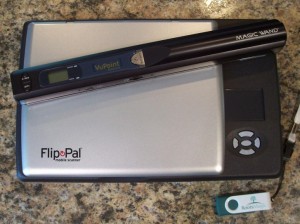

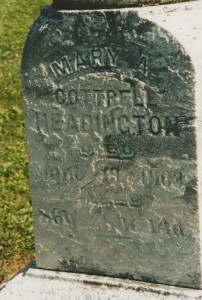
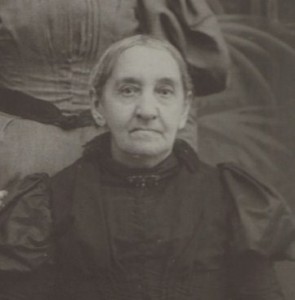
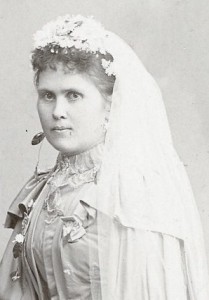
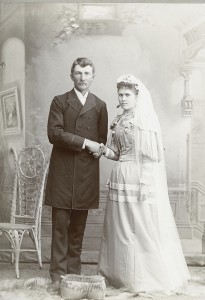
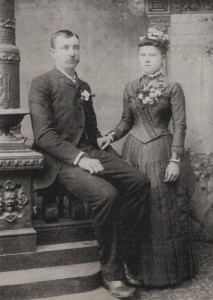
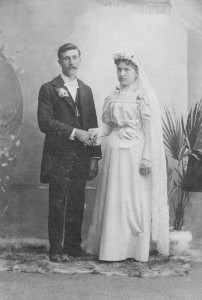
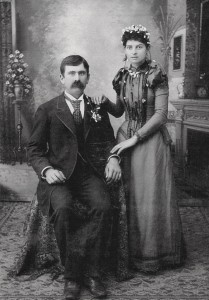
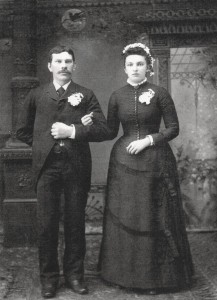
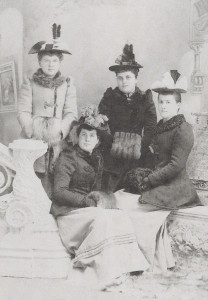
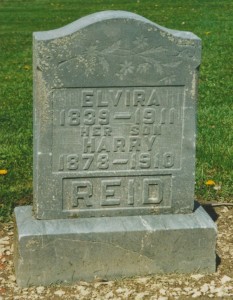
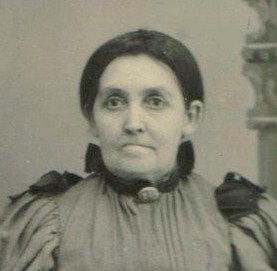
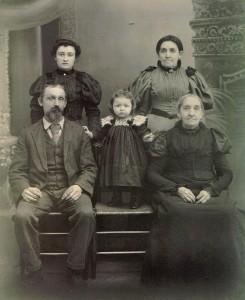
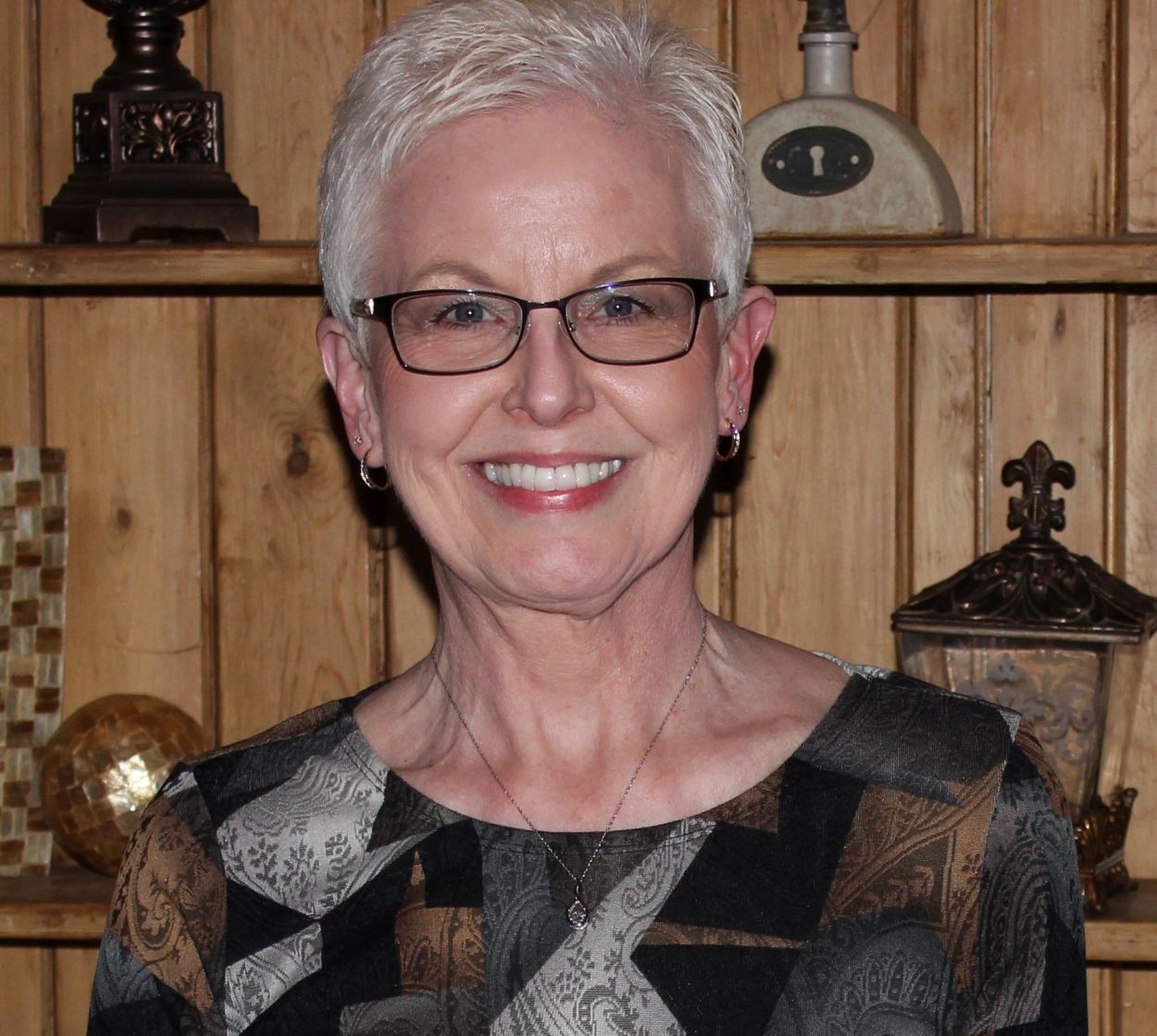
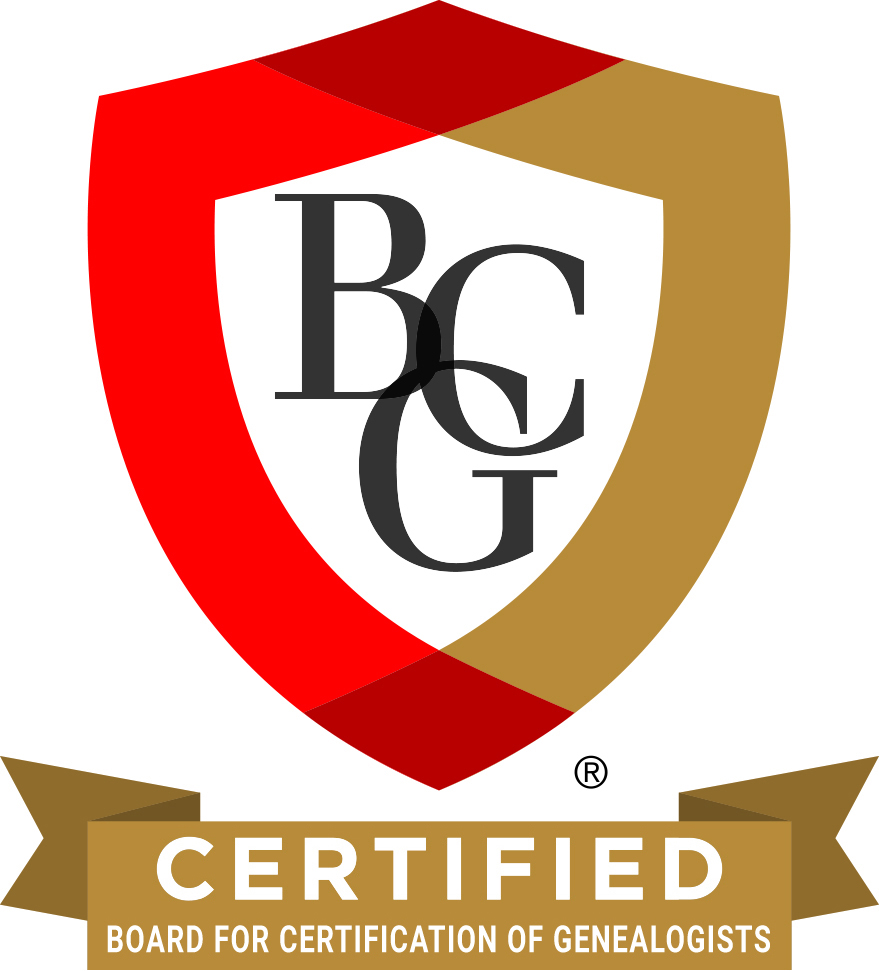
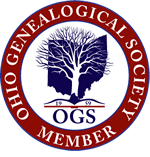

Thanks, Brian. It sounds like it was a wonderful church. I assume a number of Brewsters attended there. It is…
I have the Mount Carmel Sunday And treasurers records from 1907 and 1908. We went there to church all my…
Makes me want to go back! Got this message through our gmail but not through our frontier email. Weird! Great…
Such a wonderful trip and great pictures. Thanks so much for sharing.
Beautiful!